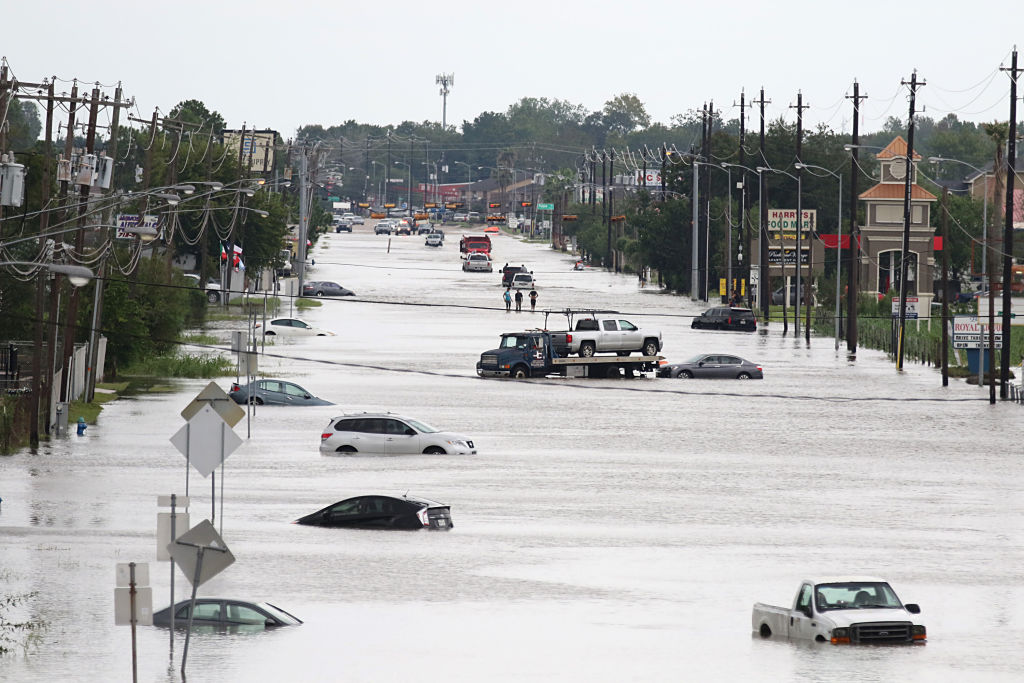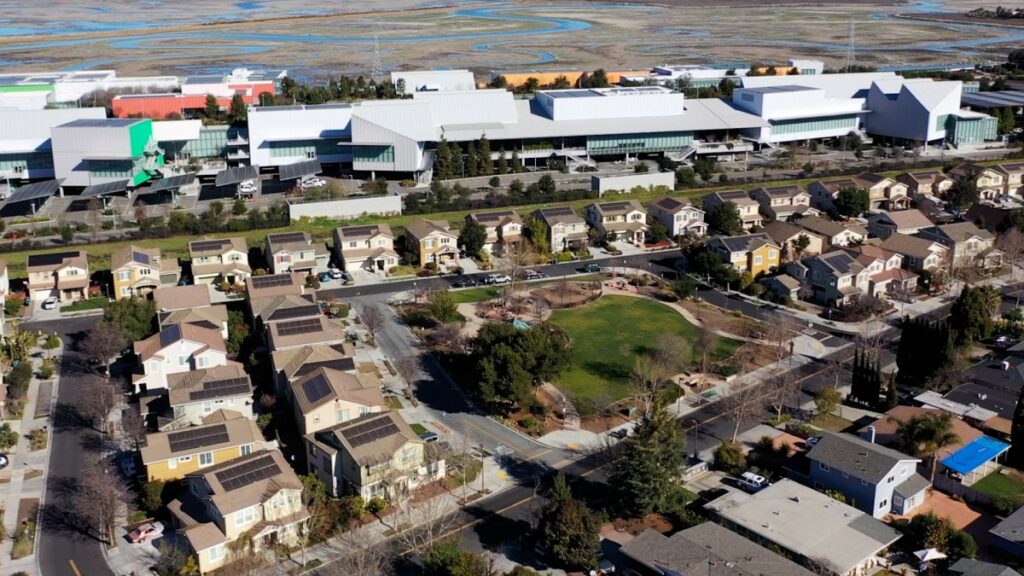FEMA Bumps Flood Insurance Rates for First Time in 50 Years After Consulting Climate Experts – Bringing you Truth, Inspiration, Hope.

The Federal Emergency Management Agency (FEMA) has revised flood insurance rates for the first time since the 1970s in what it calls “Risk Rating 2.0 – Equity in Action.” New policies will see an increase in rates starting in October, while renewing policies will begin to see incremental premium increases starting in April of 2022.
An April 1 Press Release by FEMA on the changes says it is “leveraging improved technology and FEMA’s enhanced understanding of flood risk” to back the changes to the National Flood Insurance Program’s (NFIP) rates.
A Fact Sheet issued by the agency on the changes says that in the last 50 years, NFIP has collected $60 billion in premiums but paid out $96 billion in “costs,” which it defines as “losses, operating expenses, and interest.”
FEMA says two-thirds of policy holders who were previously paying under the old Flood Insurance Rate Map system are expected to see a rate decrease. The remainder will see their rates increase, but are limited to a maximum annual increase of 18 percent per year set by Congress.
However, according to the same Fact Sheet, the Agency says it expects 23 percent of policy holders will see a rate decrease on average of $1,036 per year, 66 percent will see an increase between $0 and $120 per year, 7 percent will pay $120 to $240 more per year, while only 4 percent will be paying in excess of $240 more per annum.
FEMA says the NFIP underwrites $1.3 trillion in liabilities for more than 5 million policyholders across the country.
In the Press Release for the new program, NFIP Senior Executive David Maurstad called the new program “the generational change we need to spur action now in the face of changing climate conditions.”
FEMA says in the creation of Risk Rating 2.0, which provides new guidelines on a state-by-state basis, it consulted “subject matter experts from the U.S. Army Corps of Engineers, U.S. Geological Survey and the National Oceanic and Atmospheric Administration along with experts from across the insurance industry and actuarial science to ensure alignment with federal regulations, systems, guidance and policies.”
The federal disaster agency also said it has updated the variables used to make rate determinations in a modern world beset by climate change, such as “flood frequency, multiple flood types—river overflow, storm surge, coastal erosion and heavy rainfall—distance to a water source and property characteristics such as elevation and the cost to rebuild.”
Flood insurance risk more expensive, widespread
In a March 26 article by Louisiana local news station KPLC, FEMA told the NBC affiliate, “40 percent of flood claims over the past five years came from moderate to low risk areas.”
FEMA Spokesperson Gerard Hamink told the station, “Anywhere it rains, there can be flooding. That’s why flood insurance can help you save money if you get water in your house.”
Despite the rosy picture the NFIP paints about policy increases for most Americans, in a March 18 article by Forbes, First Street Foundation, a non-profit flood risk research group, said California, Washington, Delaware, Florida, and South Carolina would face steep premium increases. They said homeowners currently paying $900 for insurance may see a rise to $3500 while some may see total policy costs increase by as much as $8000 per year.
In the article, Sarah Pralle, a Political Sciences Professor at Syracuse University, said the massive increase in policy rates for homeowners in the hardest hit zones, which are often required to hold flood insurance by their mortgagors, may result in bankruptcy and abandoned homes, “rising insurance rates could lead to a reduction in home values…they could be forced to sell at a loss, or even abandon their property.”
Forbes also says FEMA is enlisting the use of “Professional catastrophe (CAT) modeling firms that regularly assess the risk of hurricanes, wildfires and even earthquakes,” adding “It will use computer technology to drill down to the individual characteristics of each property it insures.”
Follow us on Twitter or subscribe to our email list
This content was originally published here.




Responses